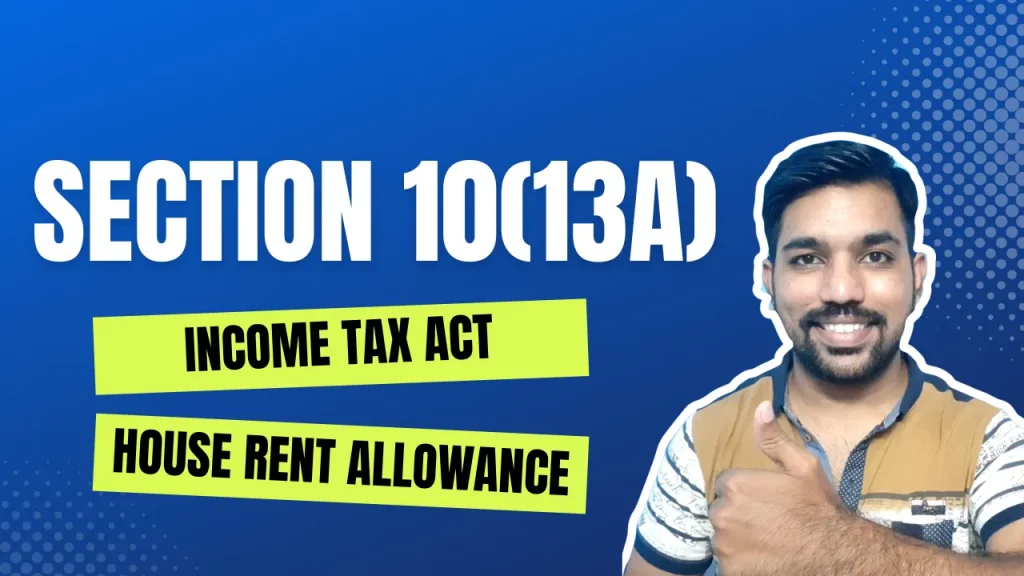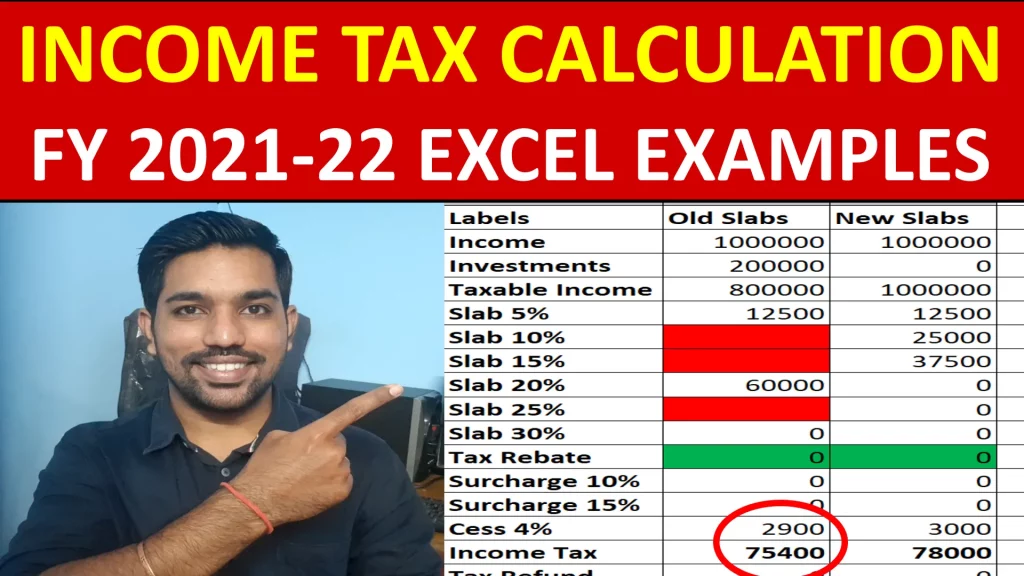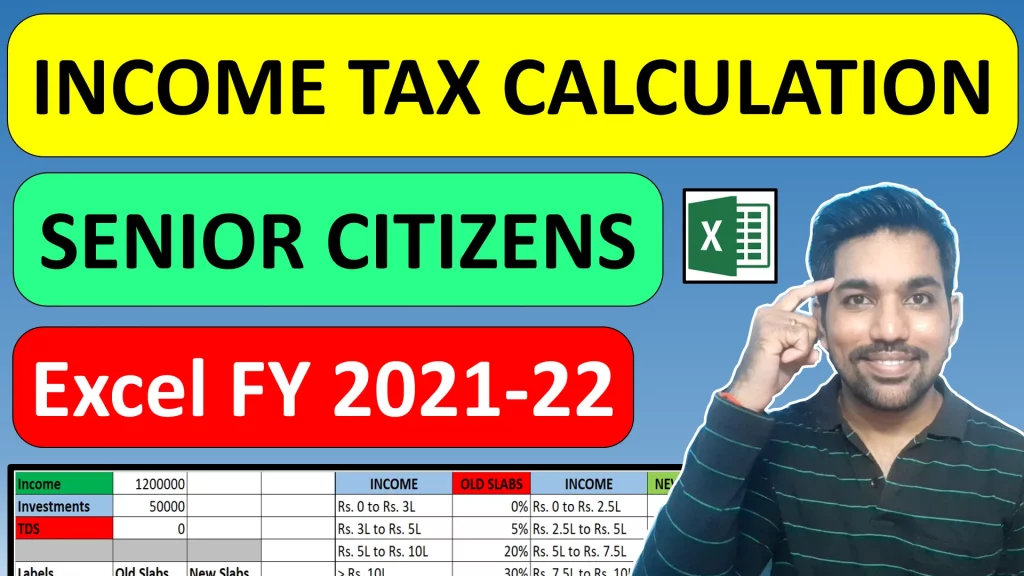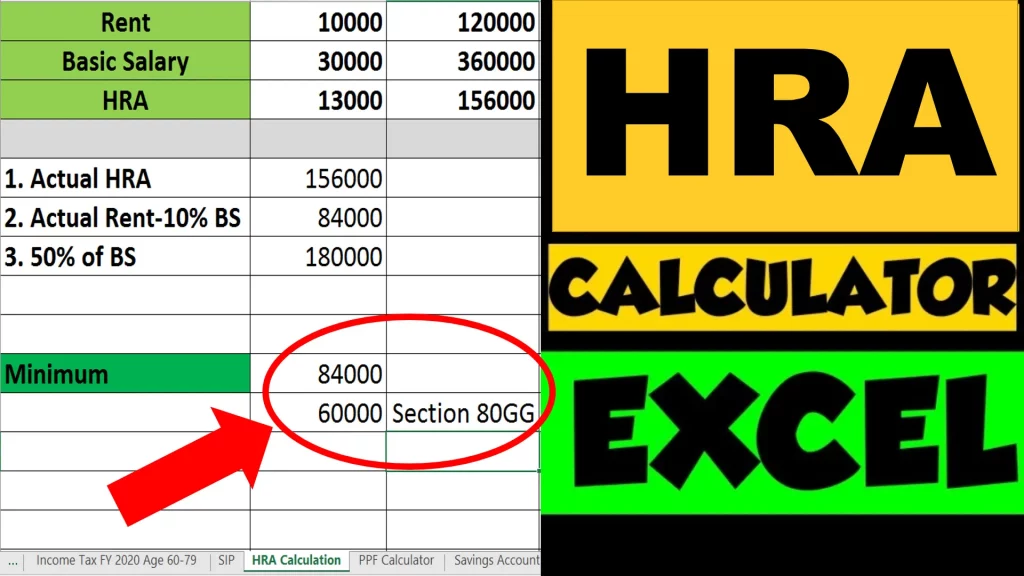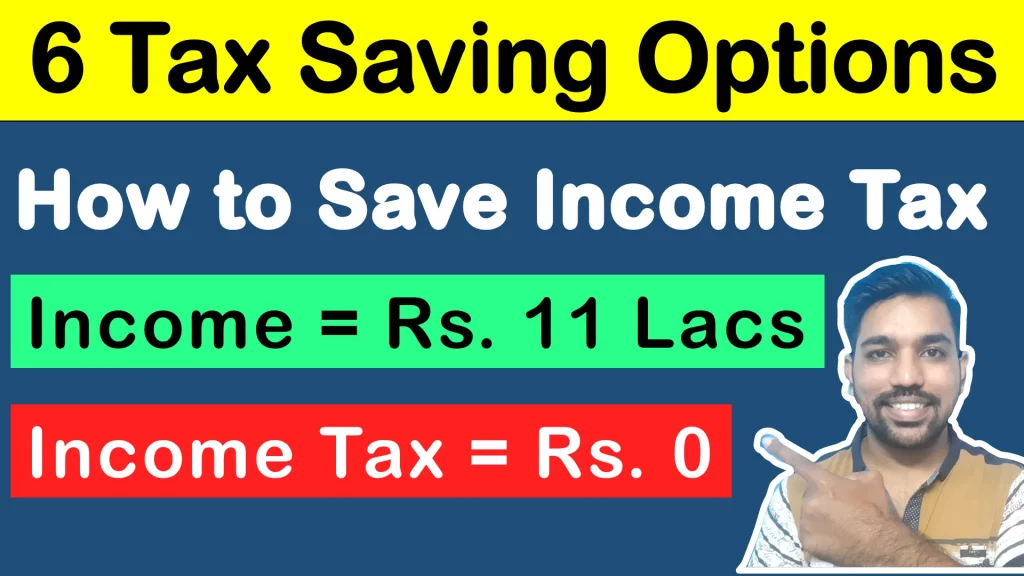Section 10(13A) allows you to claim HRA (House Rent Allowance) if you stay on rent and receive HRA amount in your salary payslip. If you don’t receive HRA component in your salary or if you are a business man without any payslip, you can claim house rent under Section 80GG. And even if you don’t stay in rented accommodation, and staying with your parents, you can pay rent to your parents (taxable to them), and claim HRA under Section 10(13A). Maximum HRA limit depends on 3 conditions that we are going to see in this article.
Let us understand more about Section 10(13A) in detail.
What is Section 10(13A) of income tax act?
- Section 10(13A) of income tax act, read with rule 2A, allows to claim HRA (House Rent Allowance) that you receive in your salary payslip
- This HRA can be claimed only if you stay in a rented accommodation and are paying rent
- And even if you do not stay on rent, you can pay rent to your parents to claim HRA in order to save income tax as a family. Please note that the rent that you pay in this case to your parents will be taxable in their hand, and your parent must be the owner of the property where you are staying
- There is no maximum limit under Section 10(13A). However, there are 3 calculations we need to make, out of which, the lower number will be considered as HRA exemption amount. We will see the HRA exemption calculation formula below
- Watch below video to understand more about HRA exemption calculation under Section 10(13A)
Section 10(13A) HRA Exemption Calculation Video

Watch more Videos on YouTube Channel
Section 10(13A) Calculation for HRA
Let us now see the 3 conditions or calculation formula to know HRA exemption amount under Section 10(13A):
- Calculate the total Actual HRA amount received for the financial year using salary payslip
- Calculate Total Rent Paid minus 10% of Basic Salary + Dearness Allowance (DA) for every month for entire financial year
- 40% of Basic Salary if you stay in non metro or 50% of Basic Salary if you stay in metro city
Above 3 calculations are to be made and the lowest of all these numbers will be considered as HRA exemption amount under Section 10(13A).
Note that these numbers are to be calculated on monthly basis, so that if there is any change in your salary payslip HRA component due to job change or promotion, or if there is any change in rent that you pay, such changes are included on monthly basis while doing these calculations. After getting minimum number from these monthly calculations, all these minimum numbers are to be added in financial year to reach actual HRA exemption amount.
Watch below video to know how HRA can be calculated in excel:
HRA Exemption Calculation in Excel

Deduction limit under Section 10(13A)
There is no maximum limit of deduction under Section 10(13A) which belongs to HRA exemption. As mentioned above, you need to make 3 calculations and the minimum numbers from those calculations on monthly basis will be considered as HRA exemption amount, without any upper limit to be claimed to save income tax.
You can also use below HRA calculator to know your HRA Exemption amount:

Section 10(13A) vs Section 80GG
Section 10(13A) is used to claim HRA (House Rent Allowance) if you stay on rent and receive HRA component in your salary payslip.
Where as, if you don’t receive HRA component in salary payslip, which can be a case for some employees and businessman and you are staying in rented accommodation, than you can use Section 80GG to claim house rent paid, with maximum limit of Rs. 60,000 in financial year.
So Section 10(13A) is applicable when you receive HRA component in salary payslip, whereas Section 80GG is applicable when you don’t receive HRA in payslip and are staying in rented house.
Love Reading Books? Here are some of the Best Books you can Read: (WITH LINKS)
Download HRA Exemption Calculator in Excel
Click below button to Download HRA calculator in Excel:
Conclusion
So Section 10(13A) of income tax act allows us to claim HRA component in our salary, to reduce taxable income and thus saving income tax to some extent, if you stay in a rented house.
There is no maximum limit up to which you can claim HRA exemption amount, but it is based on 3 calculations involving the actual HRA received, Basic salary and rent paid by you in financial year.
Also, you can pay rent to your parents and claim HRA, provided you have the required rental agreement and online transactions, showing that actually the rent is paid by you. In this case, rent received by your parents will be taxable in their hand.
Some more Reading:
- Section 24 Income Tax Deduction on Home Loan Interest Amount
- Download HRA Exemption Calculator in Excel
- 5 Golden Rules of Finance you must Follow
Frequently Asked Questions
Can I claim both 80GG and 10 13A?
No, you cannot claim both 80GG and Section 10 13A, since 80GG is applicable for those who do not receive HRA component in salary payslip, while staying in rented house, where as 10 13A is applicable for those who receive HRA component in payslip. So you either will receive HRA or won’t receive it in payslip. So you cannot claim both together.
Can I claim Section 10(13A) without HRA?
No, HRA component must be received in your salary payslip to claim Section 10 13A. If you don’t receive HRA component, then you can claim house rent paid under Section 80GG, with maximum limit of Rs. 60,000 in financial year with old tax regime.
Claim Section 10(13A) without staying on rent?
You need to be staying on rent to claim HRA under Section 10(13A). If you are not staying on rent, you can pay rent to your parents if staying with them, and claim HRA for same. Please note that in this case the rent received by your parents will be taxable in their hand.
Can I claim Section 10(13A) and Section 24?
Yes, you can claim both Section 10(13A) and Section 24 together, provided that both properties are in different cities.
Section 10 13A is used to claim HRA component in your salary payslip if you stay on rent, and Section 24 is used to claim home loan interest amount. You can claim both if the property you stay on rent and the property you bought on home loan are in different cities.
Does new tax regime allow Section 10 13A?
No, new tax regime does not allow Section 10 13A for HRA exemption. You can claim HRA only with old tax regime.
Save Home Loan Interest Amount!
Use Home Loan Excel Calculator that will help you to Save Interest Amount on Home Loan EMI.
Click below button to download Home Loan EMI and Prepayment Calculator in Excel:
Watch how Home Loan Calculator in Excel Works
Income Tax Calculator App – FinCalC
For Income Tax Calculation on your mobile device, you can Download my Android App “FinCalC” which I have developed for you to make your income tax calculation easy.
What you can do with this mobile App?
- Calculate Income Tax for FY 2025-26 and previous FY 2024-25
- Enter estimated Investments to check income tax with Old and New Tax Regime
- Save income tax details and track regularly
- Know how much to invest more to save income tax
- More calculators including PPF, SIP returns, Savings account interest and lot more
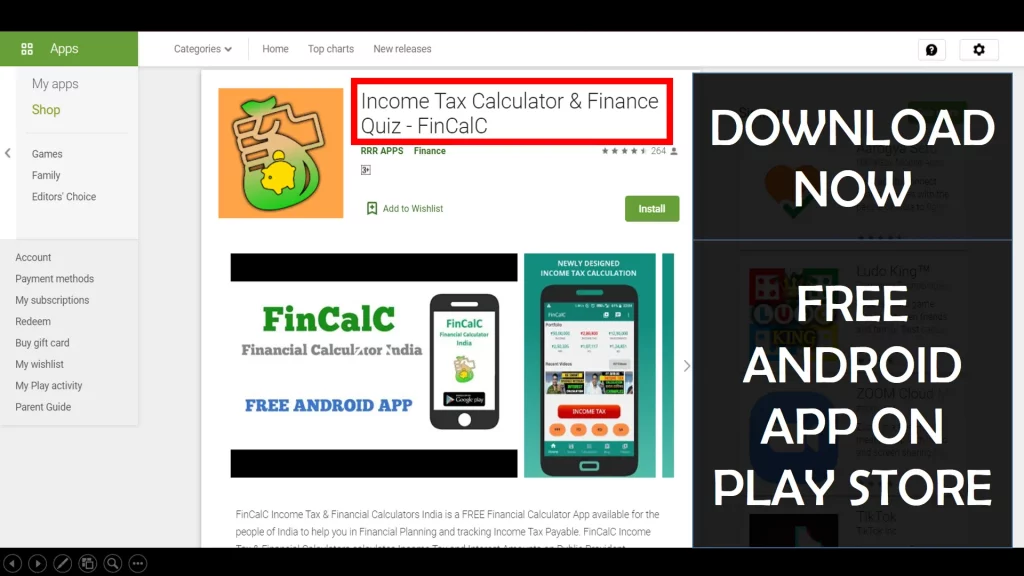
Use Popular Calculators:
- Income Tax Calculator
- Home Loan EMI Calculator
- SIP Calculator
- PPF Calculator
- HRA Calculator
- Step up SIP Calculator
- Savings Account Interest Calculator
- Lump sum Calculator
- FD Calculator
- RD Calculator
- Car Loan EMI Calculator
- Bike Loan EMI Calculator
- Sukanya Samriddhi Calculator
- Provident Fund Calculator
- Senior Citizen Savings Calculator
- NSC Calculator
- Monthly Income Scheme Calculator
- Mahila Samman Savings Calculator
- Systematic Withdrawal Calculator
- CAGR Calculator
I’d love to hear from you if you have any queries about Personal Finance and Money Management.
JOIN Telegram Group and stay updated with latest Personal Finance News and Topics.
Download our Free Android App – FinCalC to Calculate Income Tax and Interest on various small Saving Schemes in India including PPF, NSC, SIP and lot more.
Follow the Blog and Subscribe to YouTube Channel to stay updated about Personal Finance and Money Management topics.

